Thousands of samba dancers have been seen partying in Brazil to mark the opening of the city’s world-famous carnival.
The country’s 12 best samba schools kicked off the annual parade competition on the giant avenue-turned-stadium known as the ‘Sambadrome’ in Sau Paulo.
In the two-night competition, samba schools battle for the title of parade champions with dazzling floats, thundering music and thousands of singers, drummers and dancers in revealing, feather-covered and jewel-encrusted costumes.
At least 70,000 spectators will cheer them on from the packed stands of the city’s designated parade site, and millions more are expected to watch live on television.
This year’s parades include tributes to little-known heroes of Afro-Brazilian history, a tribute to multi-platinum samba singer Alcione, and a celebration of the indigenous Yanomami people.
Revelers from the Aguia de Ouro samba school perform during the second night of carnival
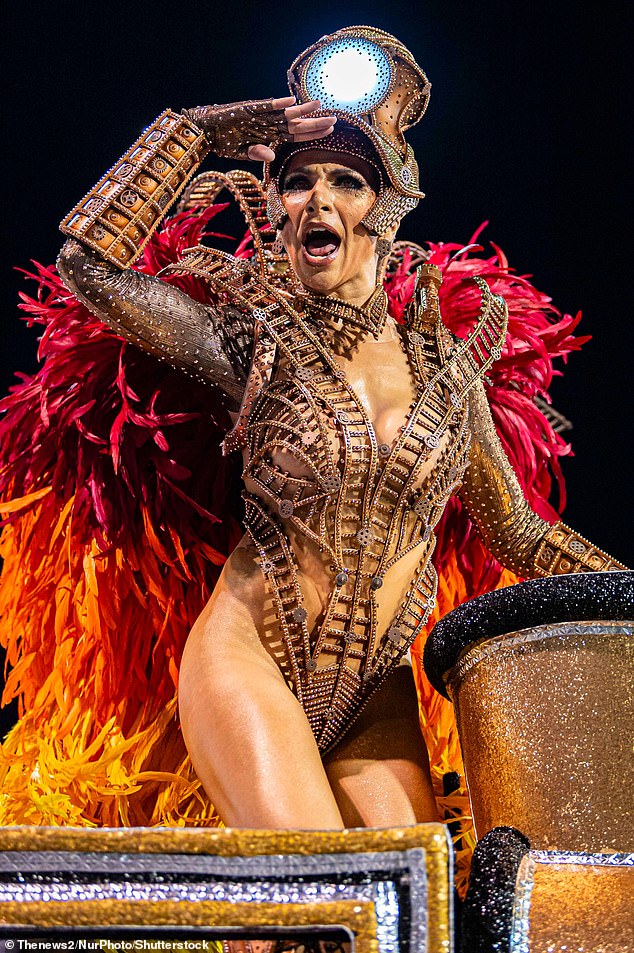
Aline de Oliveira participates in the Sao Paulo samba schools parade, which is part of the special group of samba schools parades,
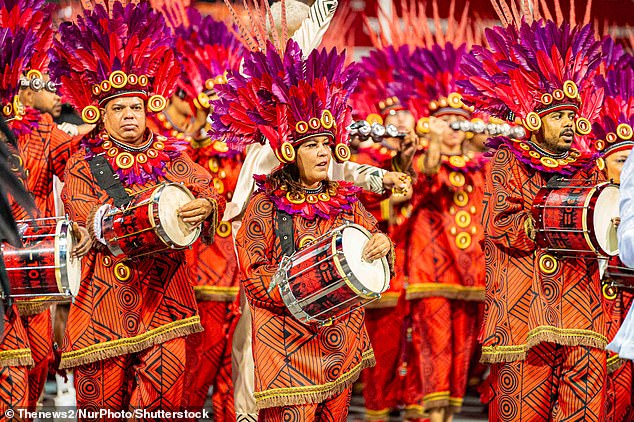
Tom Maior samba school during the parade followed by millions of people around the world
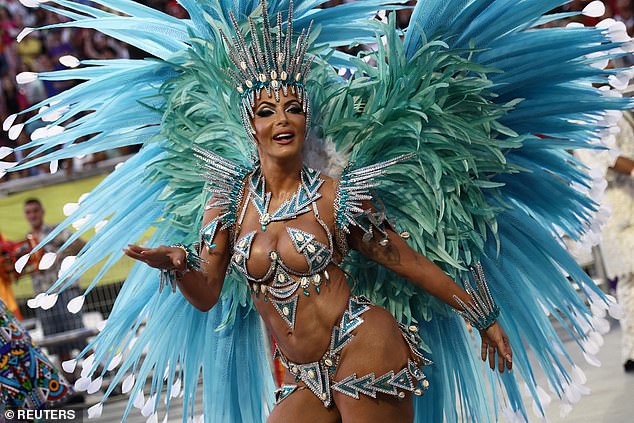
Revelers from the Academicos do Tucuruvi school perform during the second night of the Carnival parade at the Anhembi Sambódromo in Sao Paulo.

The 12 best samba schools in the country began the annual parade in the gigantic avenue converted into a stadium.
Invented a century ago by the descendants of African slaves, samba is one of the great symbols of Brazilian and Rio popular culture.
Samba schools have their roots in the impoverished favela neighborhoods of Brazil, and each parade tells a story, often dealing with politics, social issues and history.
Each samba school has between 60 and 70 minutes to dazzle along the 700 meters of the Marqués de Sapucai, the avenue that runs through the concrete temple of the carnival parade designed by modernist architect Oscar Niemeyer.
A jury will judge each school down to the smallest detail, with potentially devastating fractions of points deducted for being out of sync, working overtime or lack of talent.
The parades were particularly political under former far-right president Jair Bolsonaro, who faced accusations of authoritarianism, racism, environmental destruction and disastrous handling of Covid-19, all material for samba schools during his presidency (2019-2022).
This year, the carnival is reaching its peak just as Bolsonaro, no fan of the festival, finds himself caught up in a damaging police investigation into allegations that he and his allies planned a “coup” to keep him in power despite losing the 2022 elections in Brazil.
Vivian Pereira, a member of the independent research group Quilombo do Samba, said: “Samba schools are tuned into the social and political scene, and they use their space, that hour on the avenue, to talk about those issues.”
Carnival is also big business for Rio: the festival is expected to generate 5.3 billion reais (more than $1 billion) in revenue this year.
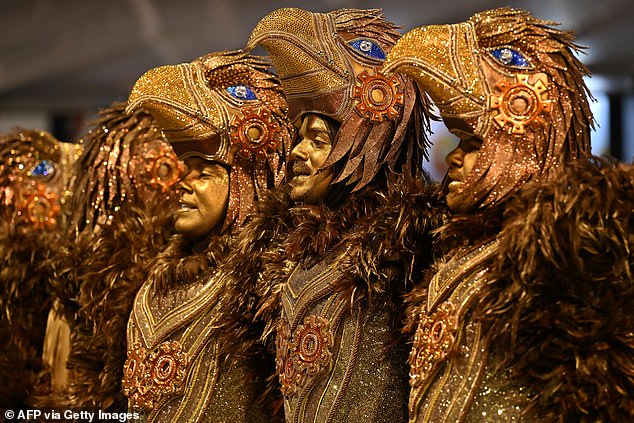
The Aguia de Ouro revelers had between 60 and 70 minutes to dazzle their way along the 700 meters of the Marqués de Sapucai.
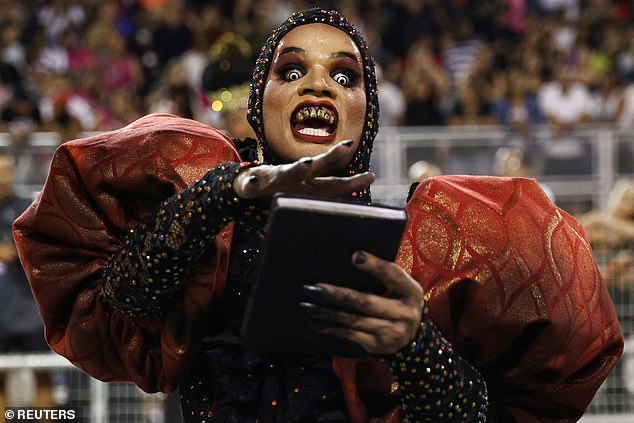
Samba schools have their roots in the impoverished favela neighborhoods of Brazil, and each parade tells a story, often dealing with politics, social issues and history.
Although the parade contest is the highlight, Rio has been celebrating the carnival for weeks with street parties known as “blocos.”
A colorful crowd of revelers descended on the iconic beach neighborhood of Ipanema on Saturday for a bloco in tribute to Afro-Brazilian writer Conceicao Evaristo.
In thanking them, Evaristo told O Globo newspaper that he sees the carnival as a time not only to celebrate but to reflect on Brazil, a country of great inequality.
He said: “May this moment of joy transform… the daily social, political and economic relations of Brazilians, and may everyone be included, not only in the citizenship of fun, but in the citizenship of equal rights.”

